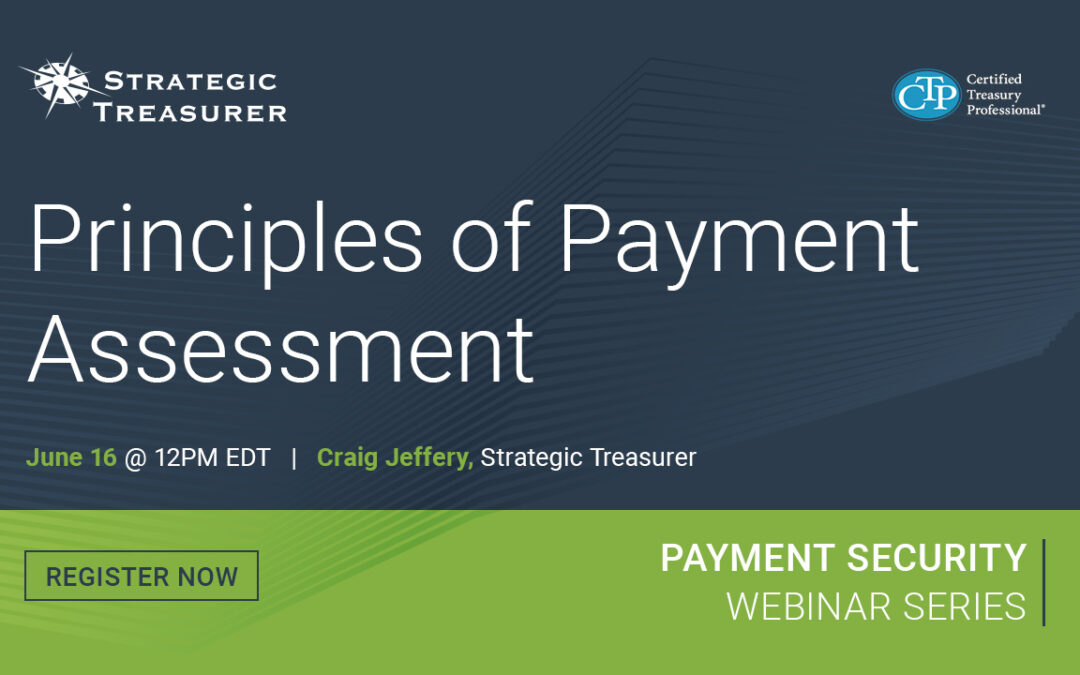
by Brian Weeks | May 22, 2023 | Replays, Webinars
A formal assessment of a company’s payment processes typically reveals 50-100% more payment processes than they believed they had. Every payment flow is a point of security exposure, and it is difficult to protect what you don’t know exists. This webinar will discuss the principles of a payment assessment, offering practical insights and leading practices for completing a thorough inventory, formally documenting it for institutional knowledge, assessing controls and types of payment flows, and examining your organization’s overall situation with regards to payments.
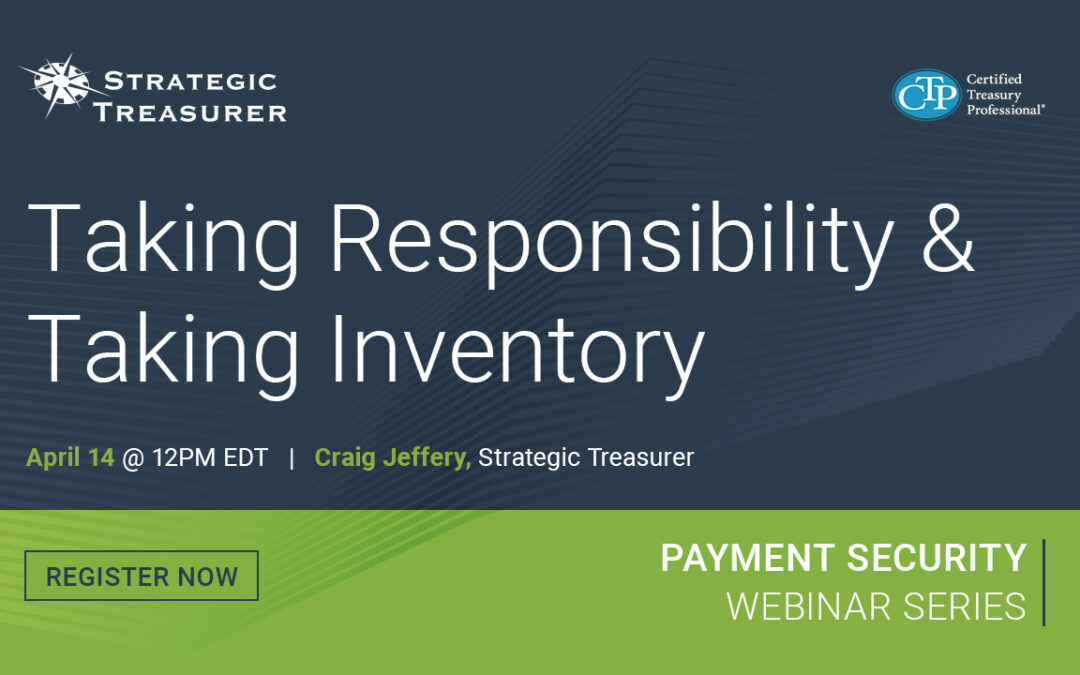
by Brian Weeks | Mar 23, 2023 | Replays, Webinars
In an organization, who is responsible for payments? Who is responsible for payment security? This session will explain why the treasurer is the superintendent of payments and payment security. Since treasurers are not the only ones with important responsibilities for payments and security across the organization, these responsibilities must be more formally defined and communicated.
One of the first responsibilities of treasury with regard to payments is to inventory all payment flows (originating system and payment type). This provides the foundation for assessing your payment processes. When companies take these inventories, they are usually surprised to find they have 50% to 100% more payment flows than they originally thought. This session will discuss the process of finding and inventorying all payment flows to understand the exposure points.
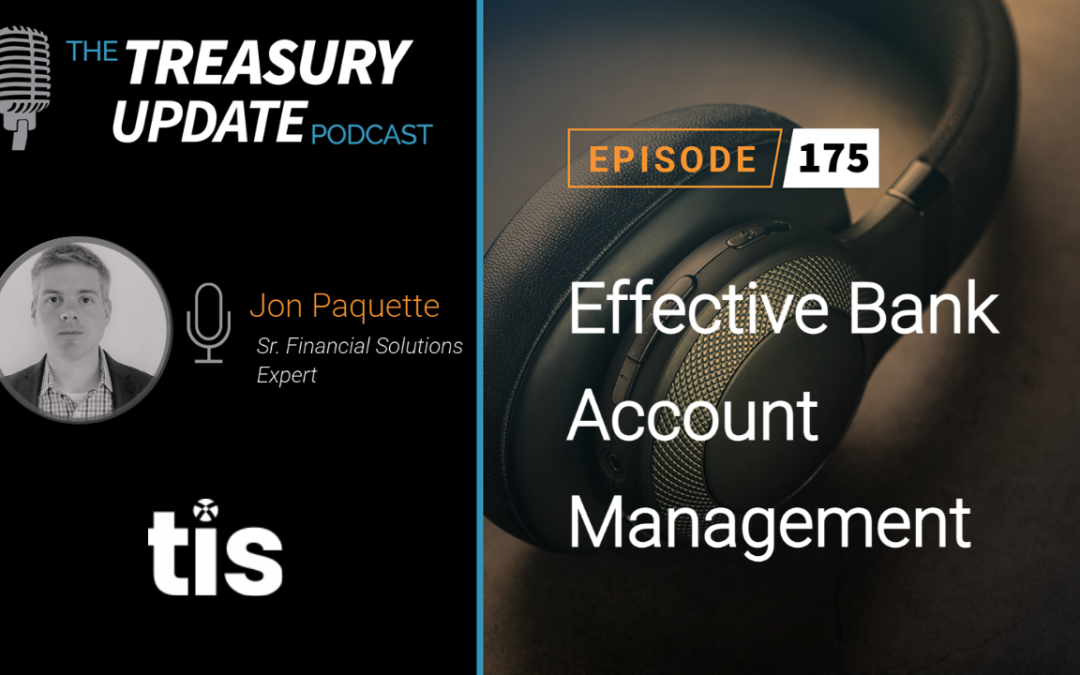
by Elizabeth Jeffery | Nov 15, 2021 | CTP Credits, Podcast
Host Craig Jeffery catches up with Jon Paquette, Senior Financial Solutions Expert at Treasury Intelligence Solutions (TIS), to discuss how to protect the doors to your most liquid assets. Topics of discussion center around the essentials for managing bank accounts effectively, common issues companies are facing today, innovative solutions for cash flow visibility and more. Listen in to find out how to position your company for financial success.
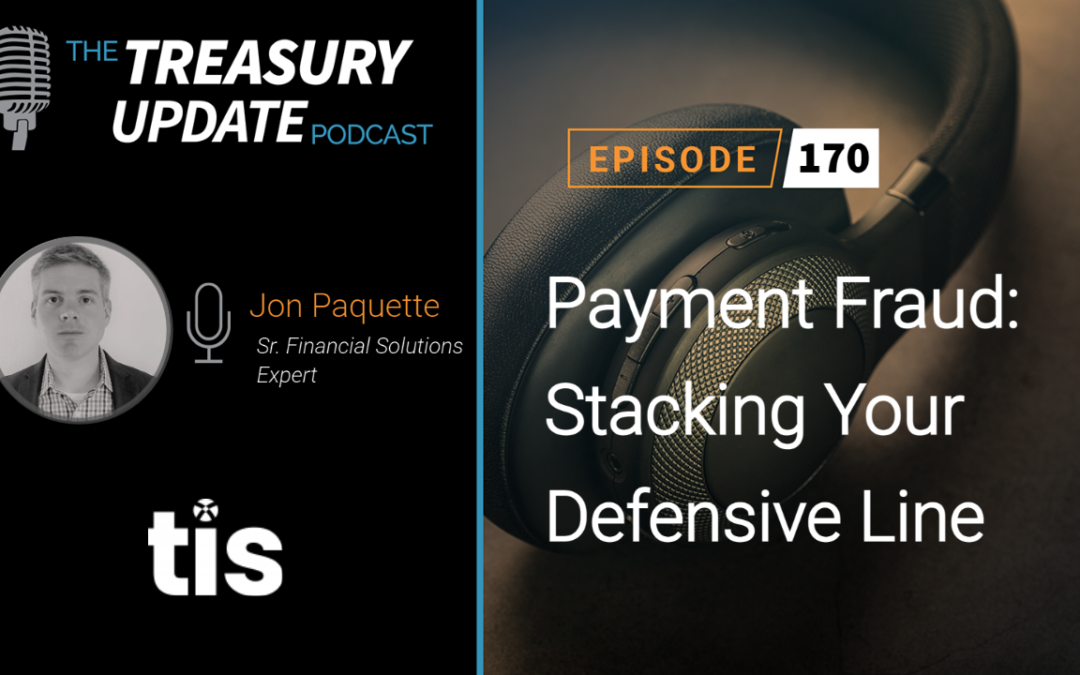
by Elizabeth Jeffery | Oct 11, 2021 | Podcast
Host Craig Jeffery catches up with Jon Paquette, Senior Financial Solutions Expert at Treasury Intelligence Solutions (TIS), to discuss the concept of stacking your defensive line against payment fraud. They dive into a discussion on the importance of payment security, protection layers, points of intrusion, mitigation strategies and more. Listen to find out how to better protect your organization against payment fraud.
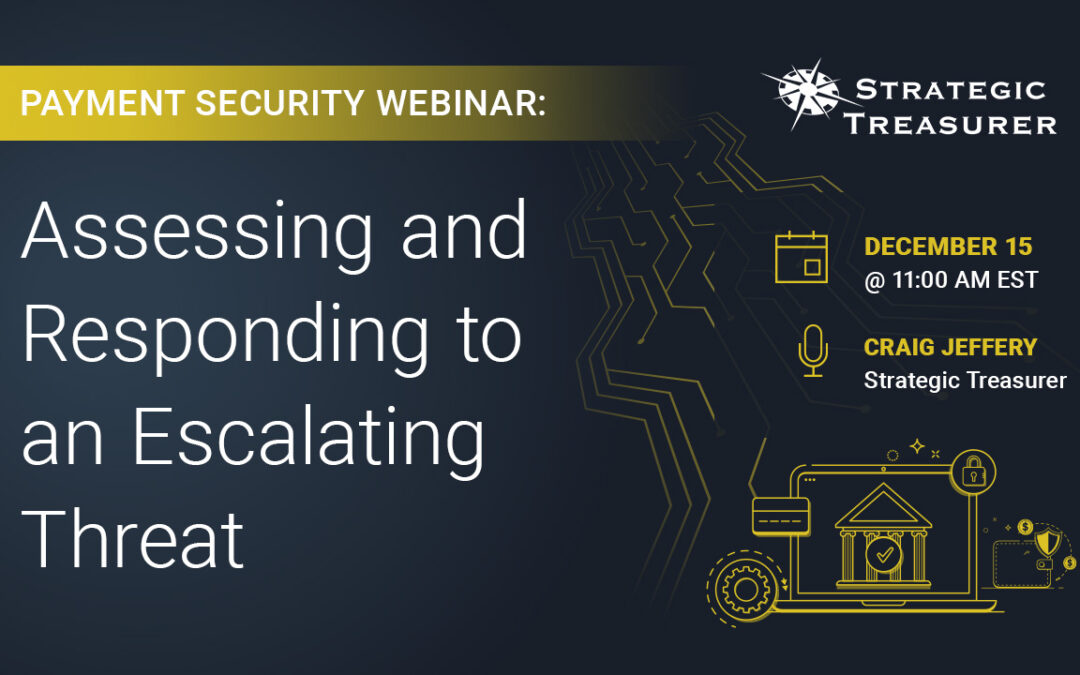
by Elizabeth Jeffery | Nov 12, 2020 | Replays, Webinars
Overseeing payment security is part of treasury’s risk management function, but it can be a confusing role. What exactly is treasury’s responsibility, and what falls to other departments? This webinar will compare treasury’s role to that of a superintendent and will cover the various elements of creating and maintaining a strong defense against fraud from a treasury perspective.





